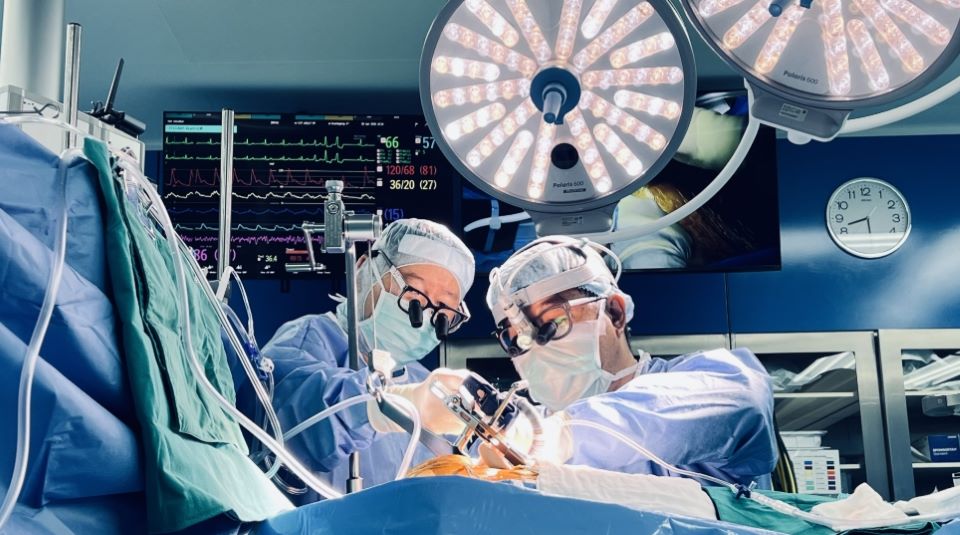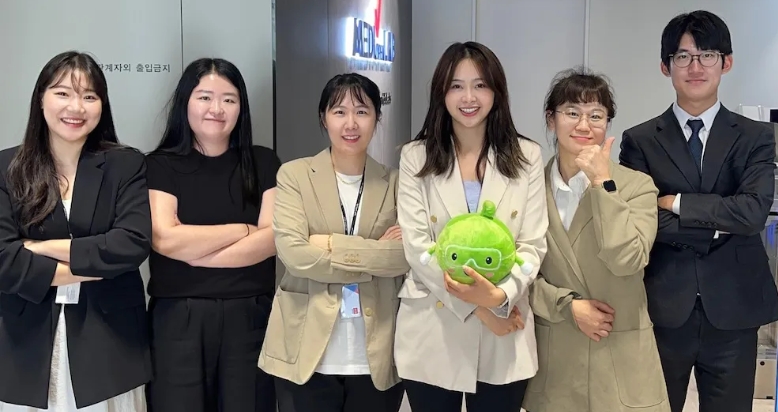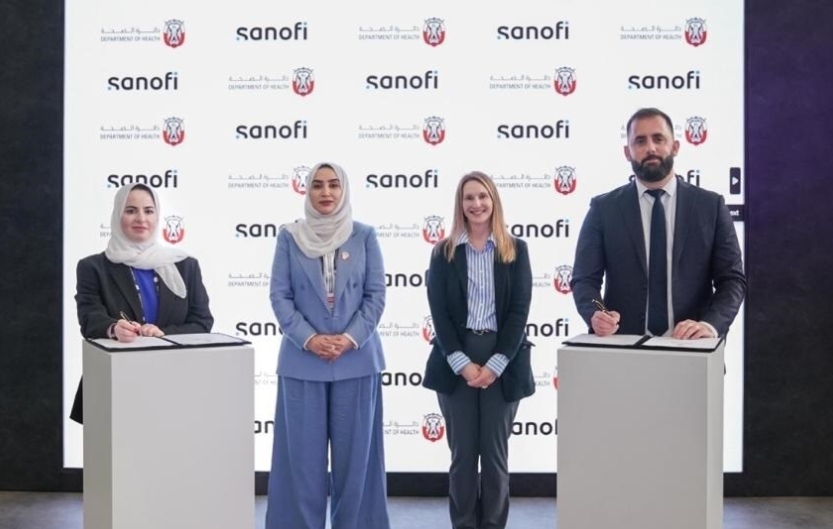M&A Analysis - BioSpectrum Asia Top 20 Survey
The global bioscience industry, in 2012, reported 450 mergers and acquisitions (M&A) transactions valued at $67 billion, which is about 10 percent lower than the number of deals struck in 2011. As far as deal size is concerned, the largest transaction announced in 2012 was Bristol-Myers Squibb's acquisition of Amylin Pharmaceuticals, valued at $7 billion. No other deal came close. Second biggest deal to happen in 2012 was Watson Pharmaceutical's acquisition of Actavis Group at $5.5 billion.
According to IMAP Global Pharma & Biotech, M&A Report-2013, there has been a slowdown, summing up to $3.4 billion, in deals from western companies targeting at emerging markets in 2012. According to an analysis by Ernst & Young, M&A deals by big pharma companies accounted for 86 percent of the total value of deals between 2007 and 2009, but fell to 59 percent of the value of deals in the 2010-12. Most of the deals that were transacted in 2012 were carried out with the objective to replenish drug development pipeline, gain access to new molecules or to expand market of established products. Despite the slowdown, several life science firms are still looking for mergers & acquisitions (M&A) strategies as they face imminent patent cliffs and witness acute scarcity in their discover pipeline.
In South East Asia, acquisitions provided opportunities for rapid international expansion and also provided a platform to companies to gain competitive advantage through access to technology, local brand names, logistics, and distribution, while neutralizing local competition. Among South East Asian countries, Singapore (363 deals, $49.9 million) and Malaysia (481 deals, $22 million) recorded highest total M&A deal value in 2012. Western countries are increasingly eyeing innovation, research, and development to capitalize their intellectual property assets by gaining access to South East Asia's low-cost manufacturing and growing technical capabilities and know-how. Furthermore, while industry experts like Mr Shiraz Bugwadia, managing director, O3 Capital, India, and Mr Prashant Jain, AVP, O3 Capital, India, feel that forming joint ventures is the new Indian mantra; Mr Franc Kaiser, director, InterChina, China, feels that the M&A climate is going to heat up in 2013 in China, and Dr Kotaro Yoshida, senior research analyst at BioPharm Insight, Japan, says that Japan is the new M&A hot spots.
Other interesting facts and figures:
• What were the top 20 global transactions of 2012?
• What were the top 20 deals in the pharma and biotech sector in 2012?
China
Leading the Asian healthcare M&A deals in 2012, Chinese companies occupied three of the top six spots, mostly driven by pharmaceutical sector, compared to just one in 2011. The Asia Pacific region's largest healthcare M&A deal of 2012 was completed in October 2012 when CSPC Pharmaceutical Group acquired CSPC NBP Pharmaceutical for $1.16 billion.
Another mega deal was China Pharmaceutical Group's acquisition of Robust Sun Holdings for $1.1 billion, giving access to the buyer to get a strong hold on finished preparations and higher-value drugs. With this transaction, China Pharmaceutical Group acquired the research and production capacities of finished preparations for use in diseases related to CNS. Meanwhile, Guangzhou Pharmaceutical rounded off an impressive year for Chinese companies by acquiring Guangzhou Baiyunshan Pharmaceutical for $949 million in December 2012.
Another big name in the country's pharmaceutical industry, China Resources Sanjiu Medical & Pharmaceutical ventured into skin care market by acquiring Guangdong Shunfeng Pharmaceutical at $95.33 million, getting access to latter's high selling dermatology product Shunfeng. Aiming at enhancing technology assets, Shanghai Pharmaceuticals acquired 70 percent of Chanzhou Kony Pharma for $35 million, and thus gained access to high-quality API production technology for both China and international market.
While most of the international companies were strategizing towards enrichment of their drug pipeline, there were a few who showed interest in acquiring assets in China. However, most of the M&A deals in China were within domestic domain, except for Pfizer that entered into 49:51 joint venture, involving an investment of $145 million, with local drug maker Zhejiang Hisun Pharmaceutical. The move intends to enrich Pfizer's portfolio of generic drugs in China. Another highlight from China was the acquisition of 12 percent (valued at $90 million) share of Nanjing Pharmaceuticals by Europe's Alliance Boots. Nanjing Pharmaceuticals is a $3.2 billion company with operations in 12 cities across China.
Mr Norbert Meyring, head of KPMG Life Science in China and Asia Pacific, says, "Looking forward, we assume there will be 18 to 20 percent annual growth in Chinese drug spending through 2015. The life science sector in China will maintain its rapid pace of growth due to demand generated by robust economic growth and a rising middle class. Additional factors including government support, urbanization pressures and changing lifestyles, as well as, an aging population and increasing awareness for the need for quality healthcare, are also key drivers of the industry boom."
In the outbound deal, China's BGI made a strong presence in the US by acquiring Complete Genomics of California for $117 million. In China, the biggest deal in the medical devices segment was Medtronic's acquisition of China Kanghui, an orthopedic device company, at $755 million.
India
In 2012, India witnessed materialization of 31 M&A deals (inbound, outbound and domestic; and also including product portfolio deals) valued at $1.7 billion. Thus, marking a rise from $860 million recorded in 2011. Some of the most notable transactions from the last year include acquisition of US-based dermatology company Dusa Pharma by India's Sun Pharma at $225 million and getting access into US dermatological treatment market.
Among inbound deals, Hospira acquired various assets of Chennai-based Orchid Chemicals & Pharmaceuticals, including its active pharmaceutical ingredients business and R&D facility, at $200 million. Another highlight was B Braun's acquisition of 75 percent stake in Ahlcon Parenterals at $50 million. Ahlcon is engaged in the business of parenterals and manufacturing life-saving intravenous fluids and medical disposables. The deal would enable B Braun to further strengthen its portfolio of medical devices, critical care, surgical instruments, and renal care therapy in India. Aligning to the similar strategy, B Braun has also acquired medical devices manufacturer, Oyster Medisafe, a company going strong in safe infusion therapy products in the Indian market.
Strengthening its grip on the US and European market, Pune-based Serum Institute acquired Bilthoven Biologicals, a bioengineering and pharmaceutical company based in the Netherlands, for $100 million. With this acquisition, Serum Institute has got access to the vaccine development technologies of Bilthoven Biologicals, a contract manufacturer of monoclonal antibodies, to manufacture Injectable Polio Vaccine (Salk), a capability currently possessed by only a handful of other vaccine manufacturing plants globally.
"India had a mixed healthcare M&A record in 2012. While the number of M&A deals largely stayed the same compared to 2011, only one deal was worth above $100 million. Perhaps it is a sign of caution from investors, who are worried about the country's patent protection issues, stemming from a need by the government to deliver affordable medicine to its people," said Mr Kotaro Yoshida, senior research analyst at global business intelligence solution BioPharm Insight.
South Korea
According to mergermarket report, Korea had 12 M&A deals across pharma, medtech and biotech sector, in 2012. The deals are valued at $326 million, recording a drop of 72 percent from 2011 when Korea had 14 deals valued at $1.18 billion.
PricewaterhouseCoopers (PwC) reports that M&A activities in Korea pharmaceutical industry has dipped over the last five years due to uncertainty of sales growth through alliances and expansion of product portfolios. M&A is not attracting enough companies to bring more deals on the table and there is unavailability of funding and cash among domestic companies for acquisition. PwC mentions that average market capitalization of listed pharmaceutical companies in Korea is approximately $250 million, while average market capitalization without the top five listed pharmaceutical companies is approximately $137 million. In order to acquire 40-50 percent of the shares of a Korean pharma company, an acquirer would need approximately $55 million. PwC mentions that though most of the pharmaceutical companies are family owned, more M&A deals between foreign and domestic companies would be visible in coming years due to globalization.
Bright year ahead
In the current scenario where pharmaceutical companies are sitting on a patent cliff, while the drug pipeline is getting exhausted, the big players of the industry will have to look for acquisition strategies to enrich the shrinking possibilities in the sector.
A survey by KPMG has predicted that healthcare and pharmaceuticals will be the second highest sector to witness a boost in merger and acquisition activities (M&A) in the coming years.
PricewaterhouseCoopers (PwC) reports that during the first quarter of 2013, the total volume of pharmaceutical and life sciences deals increased by 48 percent as compared to the first quarter of 2012. Also, the total deal value more than doubled on the strength of several large divestitures that were completed during the quarter. These results signal a continuation of trends that were observed in the previous quarters, including the trend of companies seeking to unlock shareholder value through divestitures and a general resurgence of deal activity.
This trend is likely to continue for the remainder of 2013 as industry participants rely on M&A activity to achieve their growth strategies, including expanding their geographic reach and product offerings. The pharmaceutical segment recorded 12 transactions in the first quarter of 2013, up from five during the same quarter of 2012. PwC notes that the value of transactions carried out during the first quarter of 2013 rose by 137 percent to $2.9 billion, as compared to $1.2 billion for the same quarter of 2012. This indicates an increase in activities in neurodegenerative diseases including Parkinson's and Alzheimer's.
Meanwhile, the number of transactions in medical devices sector saw a decline during the first quarter of 2013. However, it might pick up in the latter half of 2013, as many companies seek to strengthen their existing product portfolios and enter into new markets.




